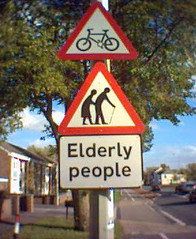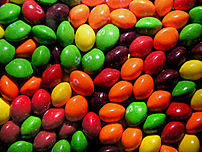At some point it was changed to MasterCard, evoking Indomitable Power over the darkness of want. Then along came Delta, which became Visa, a travel pass to your heart's desire, and then Sears launched Discover, perhaps a new way to find the fabled city of El Dorado.
I am reminded of a statement by GSD&M's Roy Spence, who once advocated a Secretary of Marketing to replace all other presidential cabinet posts. In this case, that idea could be easily tested: instead of the new rules and regulations that are about to be put into place by regulators regarding fees and interest on credit cards, perhaps we instead could let the free market establish those rules, with the regulators requiring only that the cards brand themselves as Slave2Debt (MasterCard), Passport To Bankruptcy (Visa), or Devoured (Discover). Then let's see how often they're used over cash when consumers pull that message out of their wallets with every purchase.
I'm kidding of course. But only because government regulators wouldn't know good creative when they see it.

![Reblog this post [with Zemanta]](http://img.zemanta.com/reblog_e.png?x-id=c0e94d32-72dd-474d-a680-bb803f5926f1)

![Reblog this post [with Zemanta]](http://img.zemanta.com/reblog_e.png?x-id=b0ada514-8dc6-4f10-96bc-f8c728fbf60e)

![Reblog this post [with Zemanta]](http://img.zemanta.com/reblog_e.png?x-id=0b7495d5-39e4-42d8-bbdf-06925947b793)

![Reblog this post [with Zemanta]](http://img.zemanta.com/reblog_e.png?x-id=09ec745a-da33-4072-8000-49f69a2f669a)

![Reblog this post [with Zemanta]](http://img.zemanta.com/reblog_e.png?x-id=720d5e29-1f1e-47a2-9312-dbf76b28a95d)